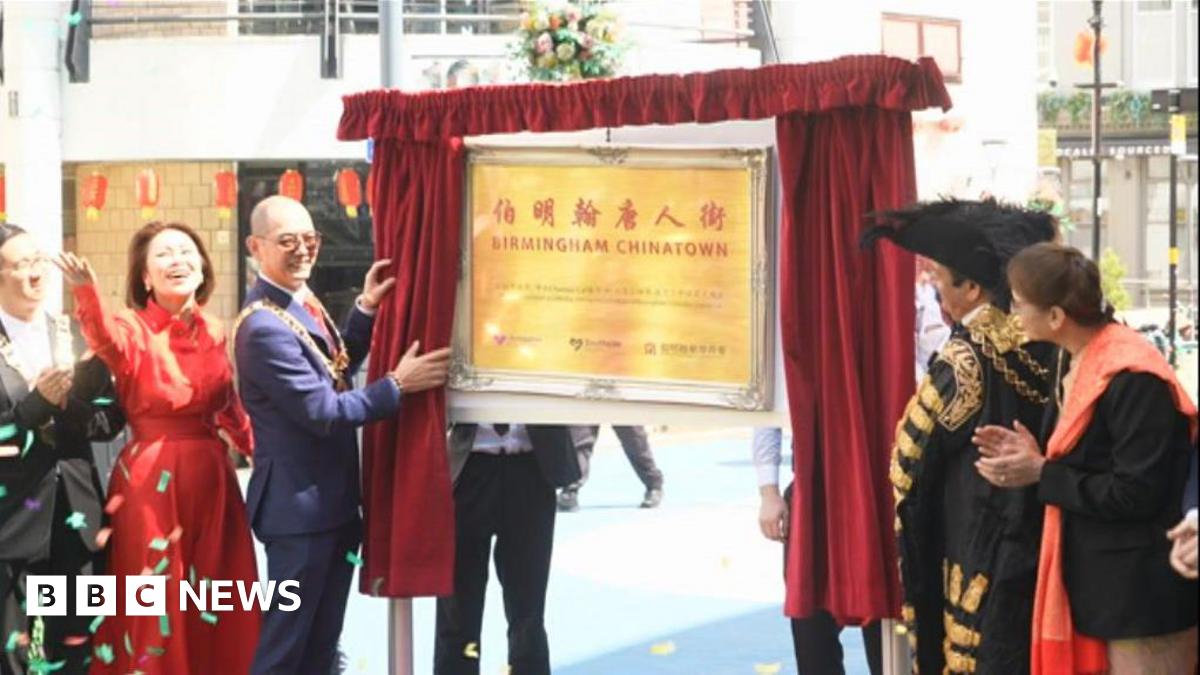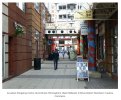The article states that “Birmingham did not see large scale Chinese migration until the 1960s. However, there were small numbers of Chinese people in the Birmingham area from at least the 1900s....Chinese workers were starting to arrive in Birmingham by 1917. John Beard, one of the activists in the Workers’ Union, wrote an article in the Workers’ Union Record in December 1917 noting how Chinese people had come to Birmingham during the First World War. Most of these men were sailors on ships from Asia, which had been sunk by German U-boats.”
Looking in the Birmingham Newspaper Archive online I came across a few mentions. In September 1917 there are reports that hundreds of Chinamen have recently come to Birmingham.
A further report for the same month tells of a raid on Opium Dens in Birmingham, when 12 Chinamen brought to Court.
215, Newhall Street,
41, Newtown Row, (where 43 Chinamen were registered).
67, Summer Row.
Also in the Gazette it reports the presence of 400 Chinamen in Birmingham. For the most part they were engaged in the munition factories, and lived in lodging houses in Broad St, Granville St, Summer Row and other districts. Some Chinamen were marrying English girls, and the danger arising from this particular phase of the alien problem was appreciated. If parents did not interfere no one else had the right to do so, and it was difficult to find a solution.
The Birmingham Mail reports “Trouble in Chinatown” in September 1918, and May be the first reference to a Chinatown in Birmingham.
View attachment 152945

 theironroom.wordpress.com
theironroom.wordpress.com





